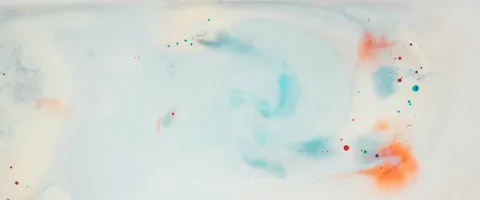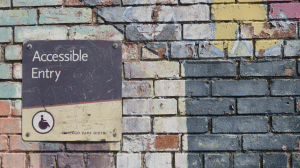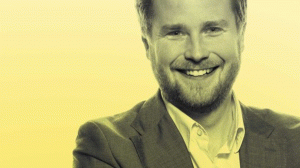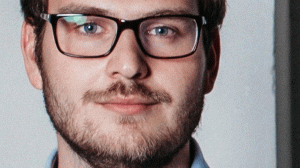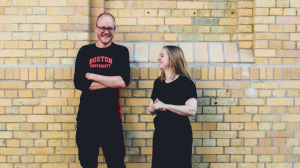++Part 1++
Kiron is a non-profit organization that provides refugees with digital learning opportunities for academic, professional and personal growth. In April 2018 our management decided to transform our organization and to form cross-functional teams for evidence-based and user-centered collaboration; they asked me to facilitate the process of setting it all up. In this article I want to share my lessons learned and to inspire other organisations to increase their impact.
Status Quo in March 2018
Kiron has more than 6.500 students (as of October 2019) from over 80 different countries with very diverse needs. At the same time we work together with various supporters and partners, such as foundations, universities, corporates or big government agencies. And our more than 80 employees are spread across Germany, Jordan and Lebanon. Within this complex environment we ask ourselves the following questions:
- How do we focus our (limited) resources on the right actions?
- How do we collaborate effectively across different countries and functional teams?
- How do we make sure we create the highest possible value for our students?
- How do we share important knowledge and learnings across the whole organization?
- How do we adapt to the changing migration patterns in Europe, the Middle East and North Africa?
- How do we innovate to improve our KPI’s?
- How do we learn and grow together as an organization?
- How do we develop processes and tools to keep on scaling?
With our organizational structure at the time it’s hard to respond to these challenges. But how do you define where you stand as an organization?
Laloux’s Organizational Models
In his book Reinventing Organizations Frederic Laloux describes how over time five different organizational models have evolved. Have a look at the following graphic created by Peter Green from Agile for All:
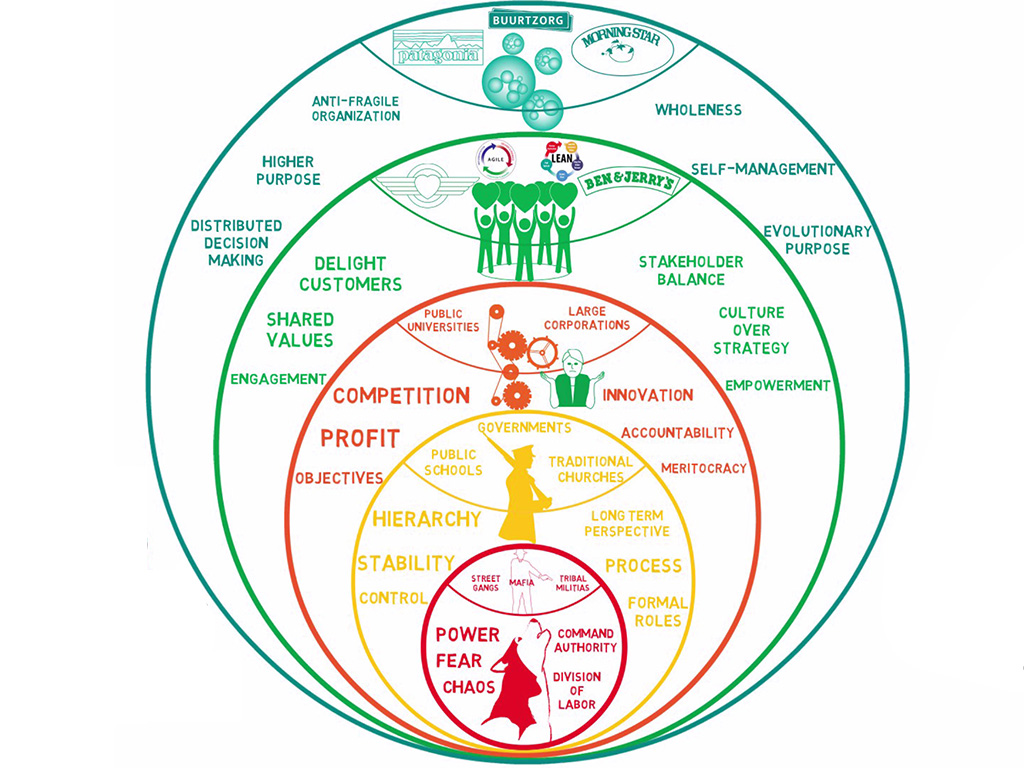
The circles in the graphic represent different organizational models and contain keywords for how collaboration is organized in each. Laloux gives each stage a color label:
- Red organizations at the bottom, such as street gangs, the mafia or tribal militias rely on division of labor and command authority.
- Amber organizations, such as public schools or governments are marked by hierarchy, formal roles and processes.
- Orange organizations (e. g. public universities and large corporations) are competitive, manage by objectives and see innovation as the key to staying ahead.
- Green organizations delight their customers and are driven by shared values; the lean and agile movements have emerged from this perspective.
- Teal organizations are driven by a higher purpose, don’t have formal bosses and rely on self management. (I can recommend this article on tbd* on teal organizations.)
Laloux explicitly states that no stage is inherently better than the other - just different. And we at Kiron most certainly need partners from all colors to fulfill our mission (except for red organizations, such as street gangs, the mafia or tribal militias). In the end the best organizational model depends on the context in which an organization operates.
With a conventional hierarchy and formal roles Kiron’s organizational structure in April 2018 shows many elements of Laloux’s amber organizations. At the same time the Product & Tech teams show many characteristics of green organizations and e. g. use the agile framework Scrum for software development; but that’s only one out of 10 functional teams. Here is a very simplified version of our organizational design in April 2018:
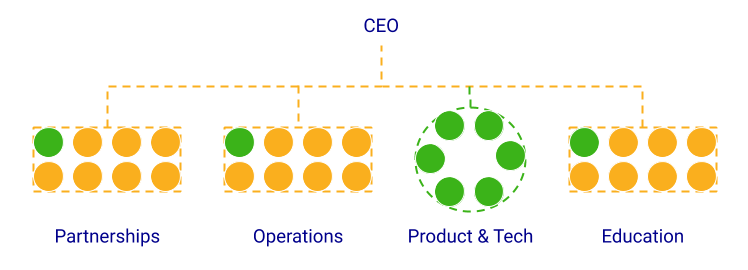
We want Kiron to take in more elements from orange and green organizations and to become even more evidence-based, user-centered and self-organized. But how do you start?
Version 0.1: April - May 2018
Together with management we present the idea of forming three cross-functional teams to each of the 10 functional teams. We get questions such as: Who will be in those cross-functional teams? How much time will people spend on cross-functional work? Where is the line between functional teams and cross-functional teams? Who decides what?
While some teams love the idea and can’t wait for the cross-functional work to start, others don’t want it to start at all and refuse to join any of the cross-functional teams. We ask each team to send us more detailed notes in writing.

We realize that it’s wrong to push an idea into our (organizational) system that is still too vague and not wanted by some of the teams. So we adapt our approach. We take in the feedback and respond to each functional team with more detailed answers to their concerns and with the following proposal: instead of having three teams right from the start we only form one cross-functional team. Each functional team sends out one representative to help figure out the answers to all their questions. In addition to that our management names one lead for each of the planned three cross-functional teams and me as the groups facilitator. Together we form a working group that we end up calling the stem cell. But how do you figure out a new way of collaborating together?
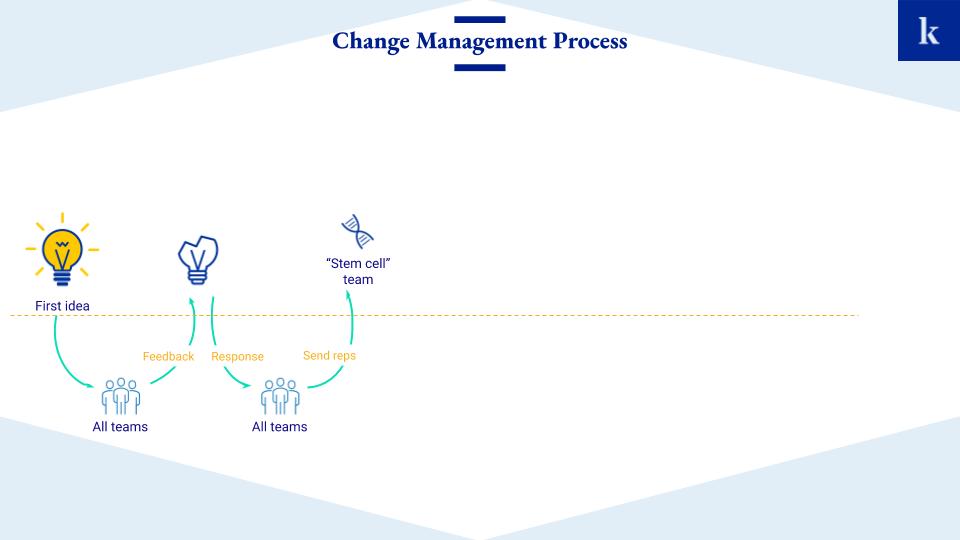
Developing Competences
- “[W]ith every new stage in human consciousness also came a breakthrough in our ability to collaborate, bringing about a new organizational model. Organizations as we know them today are simply the expression of our current worldview, our current stage of development.” - Frederic Laloux
Before joining Kiron many employees have worked in government institutions, public universities or large corporations and are used to how collaboration is organized in these (amber and orange) organizations. People within product or engineering teams are usually used to agile development, because that’s the de-facto standard for collaboration in their domain. But in reality it’s of course not that black and white. Organizations, teams and individuals have a mix of colors in them.
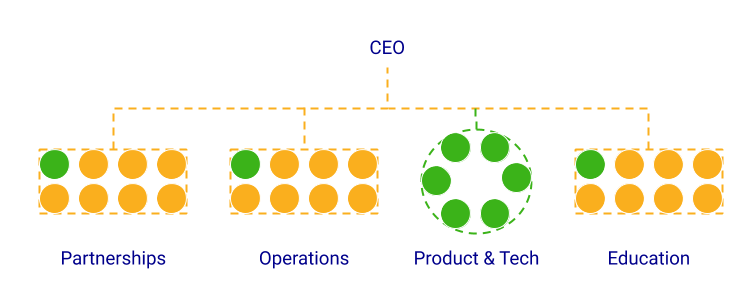
The point is that for a new organizational model to emerge enough people within an organization have to develop the competence needed for that model. As Sebastian Walzik points out competences arise through a combination of knowledge, skill and attitude. Telling people to change doesn’t work. People don’t change when you only present facts (= knowledge) and train them to be able to do it (= skills), but they also have to feel that it’s meaningful - it has to come from within (= attitude). Instead of telling people to change you have to create an experiential space in which the competences needed for change can arise.
There is a great episode from a tv show called The West Wing on the topic: Lessig, a professor specialised in constitutional writing, is coming to the White House to help the leaders of a fictional country with a very authoritarian history to write their constitution. Over the course of the episode Toby, a speechwriter (and one of the main characters), regularly checks in on their progress - he is getting increasingly frustrated with the fact that the group is only involved in discussions, but doesn’t write anything down. At the end of the episode he is losing his patience and confronts professor Lessig:
Toby: “You're not planning on writing a constitution this week?”
Lessig: “The document is just a beginning. A constitutional democracy succeeds only if the constitution reflects democratic values alive in the citizenry. Which is why our most important job is to instill those values in their leaders through discussion and debate.”
To transform our organization the stem cell, the group of representatives from all functional teams, not only has to flesh out a new way of working together cross-functionally, but at the same time we also need to develop the necessary competences (and values) to operate within that model. But how do you initiate and facilitate this change process? Or in the words of Otto Scharmer: how do you lean into the emerging future?
About
Björn Lefers works at the intersection of sustainability and education; education to better prepare people for a rapidly changing world and sustainability to make sure that world still exists when they’re finished. You can find him on LinkedIn.
| exciting topic? find the second part of the series here. |  |
